How To Plan For Retirement As A 1099 Employee
If you are a 1099 employee, you may run into the issues of not having a steady paycheck, health insurance or corporate matching retirement program.
It can also be very easy to get into tax trouble. You may also be going through work dry spells, which can make it very difficult to plan a budget for health insurance and rent, let alone set aside money for retirement. You might be feeling that you need to hang on tightly to money when you get it, yet if you don't set some aside for retirement, you may have to work forever.
The good news is that you're not alone.
As many as 53 million Americans are working as freelancers, adding $715 billion to the economy.
Yet seven in 10 entrepreneurs aren't saving regularly, if at all, for retirement.
Start by creating a budget.
Chart how much money is coming in over at least three months and take a low-ball average of what you might be able to expect in the future. Set your bank account to make automatic deductions to create an emergency fund, and then determine a percentage that will be deducted each month or week for your retirement.
Generally, after a few years or even several months of fluctuation, people can observe patterns – a slump around the holidays or an especially busy time at the beginning of the year – as well as determine a typical monthly minimum income level. Budgeting, spending and saving can be done more easily with that base in mind. Even if you're decades from retirement, put aside at least 10 to 20 percent of your income so that you don't have to work when you're 90. Here are four plans you can use:
Roth IRA
- For singles who are making less than $116,000 and couples who are making less than $183,000.
- It's small – you can only use it to contribute $5,500 each year, but you only pay taxes on the money when you deposit it, not when you withdraw it in retirement.
- When it grows larger – and it usually does due to compounding interest – you don't have to pay taxes on the larger amount when investing in a Roth IRA.
- Contributing to a Roth IRA does not provide a tax deduction, but its ability to grow tax-free should exceed the benefit of a tax deduction.
Simple IRA
- Allows for low contribution amounts of up to $12,500 plus up to 3 percent of your salary.
- If you're 50 or older, you're allowed to contribute $15,500,
- It's good for business owners with 100 or fewer employees, and allows tax-deductible employer matches of 1 to 3 percent.
- It's cheap to set up and maintain and doesn't require a plan administrator.
- But contributions count against your 401(k), and penalties can reach 25 percent if you withdraw within the first two years.
Solo 401(k)
- Good for sole proprietorships and partnerships and leaves room for a spouse to join.
- To qualify, you can't have any employees.
- If you hire your spouse, you can both contribute $53,000 each per year, and there is no annual paperwork until your account reaches $250,000.
- When you're 50 or older, you can each contribute $6,500 more per year.
- Contributions up to $18,000 are tax-deferred, and then you can contribute up to 25 percent of business profit-sharing.
- Funds are available for early withdrawals before age 59½ at a 10 percent penalty or through hardship loans.
- Can have higher administration costs, which can range from $250 to $1,500, depending on which provider you choose. One benefit of a solo 401(k) over a SEP (IRA) is that it will allow you to add on a profit-sharing feature, which could potentially increase your contributions
- Can also have a Roth feature.
SEP IRA
- The simplified employee pension plan allows 1099 workers to contribute up to 25 percent of their net earnings from self-employment or $53,000, whichever is lower
- Works similarly to a traditional IRA, and all contributions are tax-deductible.
- You are allowed to contribute to a SEP IRA up to April 15 and still claim the contributions on the prior tax year.
- Easy to establish and administer and allows a 1099 worker to set aside money for retirement for themselves and their employees, if they have any.
- 1099 workers are not required to file annual statements.
- Employers are required to contribute the same percentage to their employee's plans as they do their own plan. So if they contribute 10 percent of their income to their own plan, they must also contribute 10 percent of their employee's income to the employee's plan.
- This plan is most advantageous if the self-employed individual does not have any W-2 employees, because then they are not required to make contributions for anyone but themselves.
All of this requires budgeting. Track every penny that is earned and spent. Once you have that control, these retirement options are very realistic.
March 17, 2020





